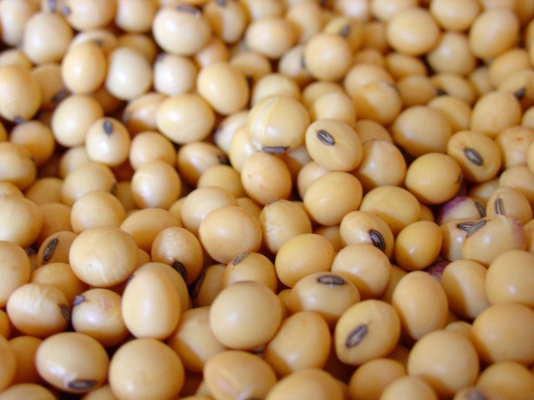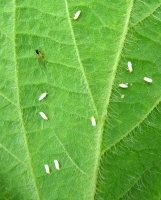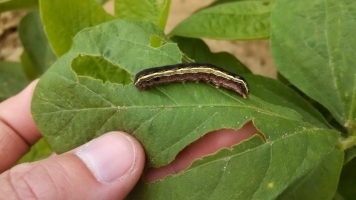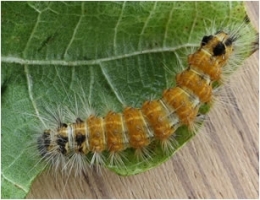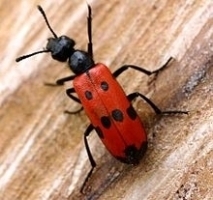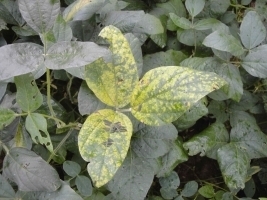SL 525 (2003): It has bright, brilliant, cream-colored grains with a light black (grey) hilum that are all the same size. 37.2 percent of the protein and 21.9 percent of the oil in its grains. In addition to tolerating stem blight and root-knot nematode, it is resistant to the yellow mosaic virus. It needs 144 days to reach maturity. Its’ average seed yield is about 6.1 quintals per acre.
SL 744 (2010): Its grains are bright and light yellow in colour, and its hilum is grey. Its grains are made up of 21.0 percent oil and 42.3 percent protein. It is resistant to soybean mosaic and the yellow mosaic virus. It matures in about 139 days. It produces about 7.3 quintals of seeds per acre on average.
SL 958 (2014): Its grains are shiny and light yellow in colour, and its hilum is black. Protein makes up 41.7 percent of its grains, and oil makes up 20.2 percent. It has a high level of immunity to soybean mosaic virus and yellow mosaic virus. The maturation period is roughly 142 days. Its average seed output per acre is around 7.3 quintals.
Other states variety
Alankar, Ankur, Bragg, Lee, PK 262, PK 308, PK 327, PK 416, PK 472, PK 564, Pant Soybean 1024, Pant Soybean 1042, Pusa 16, Pusa 20, Pusa 22, Pusa 24, Pusa 37, Shilajeet, VL soya 2, VL soya 47

